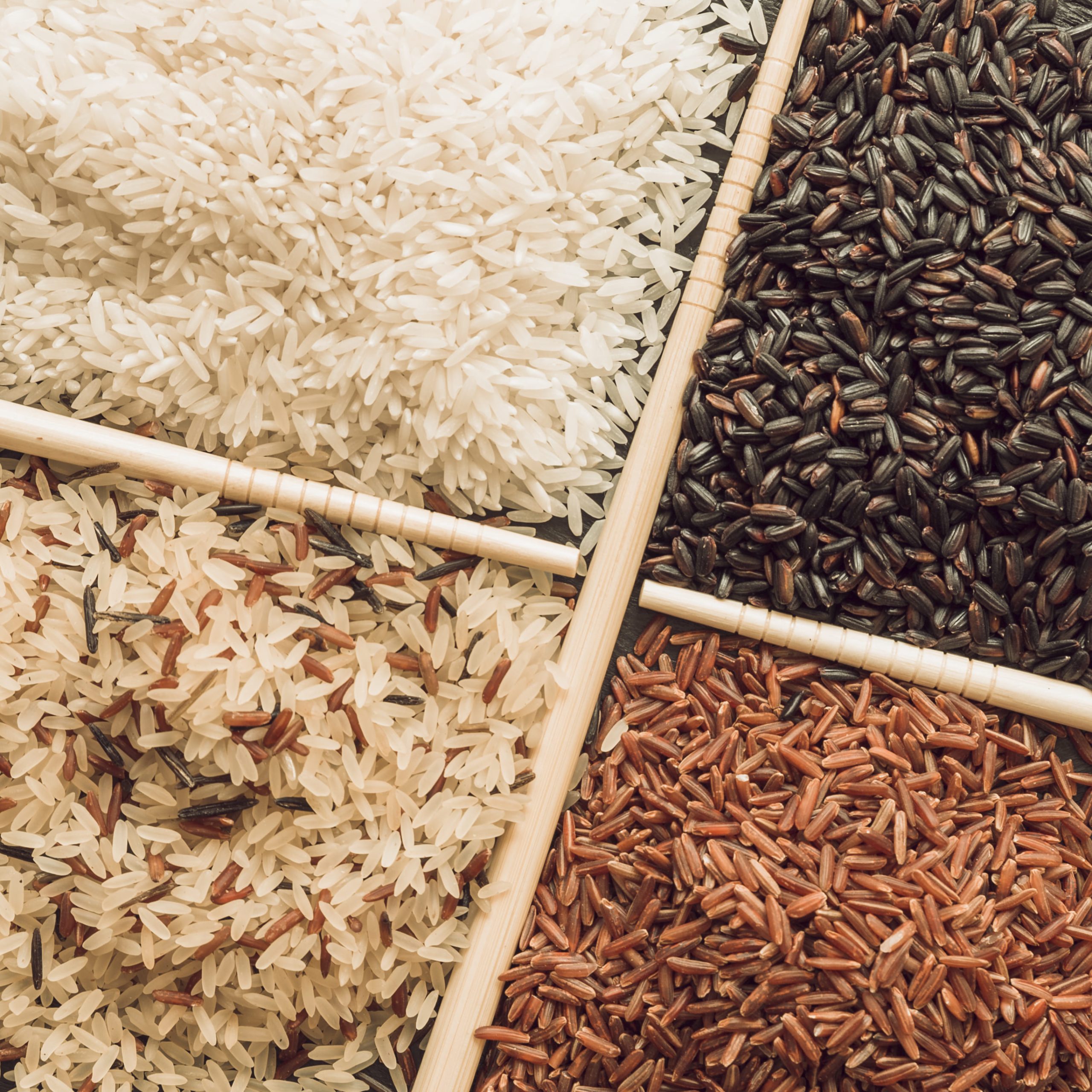Rice is a staple food for millions, and India and Pakistan play a significant role in its global trade. While India holds a significant share of the global rice trade, Pakistan is making its mark, particularly with its high-quality Basmati rice.
Despite the fierce competition, both countries are navigating the complexities of trade policies, quality perceptions, and market dynamics to secure their positions as key rice exporters.
India’s Dominance in the Rice Export Market
India has been the world’s leading rice exporter for over a decade. With its massive rice production capacity, the country plays a key role in global rice supply. Its diverse export portfolio includes both Basmati and non-Basmati varieties, and it is particularly dominant in the Basmati segment, which accounts for a large portion of its rice exports.
Key Highlights:
- Global Leadership: India holds the title of the largest rice exporter, making up nearly 40% of the global rice trade.
- Basmati Excellence: India commands a 65% share of the global Basmati market, contributing billions in revenue each year.
- Market Adaptation: In recent years, India has adjusted its export strategies, including removing restrictions on certain rice varieties to remain competitive.
India’s export volume is massive, and the country has recently made strides in maintaining its competitiveness by removing the Minimum Export Price (MEP) on white rice, which helps keep its exports attractive to global buyers.
Pakistan’s Growing Influence in Basmati Exports
While not as large in overall volume as India, Pakistan has carved a niche for itself, particularly in the premium Basmati market. Known for its aromatic and long-grain Basmati rice, Pakistan is gaining recognition for its commitment to quality and consistency.
The country has made significant progress, especially in the European Union, the Middle East, and other emerging regions, expanding its rice export markets.
Key Highlights:
- Basmati Expertise: Pakistan is renowned for producing high-quality Basmati rice, which is highly sought after, especially in Europe.
- Competitive Pricing: Pakistan’s rice is often priced more attractively, which helps the country remain competitive, especially in price-sensitive markets.
- Growing Markets: In addition to traditional markets, Pakistan is exploring new regions like Africa, Latin America, and Southeast Asia to expand its reach.
Though Pakistan’s rice exports are smaller in volume compared to India, the country’s focus on quality and competitive pricing has allowed it to build a strong presence in key markets.
The Competitive Landscape
The rice export market is highly competitive, with both India and Pakistan striving to maintain or expand their market share. Global rice prices, trade policies, and market demand shift, impacting both countries’ export strategies.
Key Competitive Factors:
- Pricing Sensitivity: Both India and Pakistan adjust their rice prices based on market conditions. As global rice prices fluctuate, both countries respond by revising their pricing strategies to stay competitive.
- Quality Considerations: While both nations offer premium Basmati rice, there are differences in grain length, aroma, and texture that may influence consumer preferences.
- Geopolitical Impact: Political and economic conditions, particularly in regions like the Middle East, can affect rice demand and shipping costs, requiring both countries to adapt their strategies accordingly.
The Role of MFTC in Pakistan’s Export Growth
Meskay & Femtee Trading Company (MFTC) plays a crucial role in supporting Pakistan’s rice export growth. By focusing on quality assurance, optimizing logistics, and helping exporters navigate international trade requirements, MFTC helps Pakistan strengthen its position in the global rice market.
How MFTC Supports Pakistan’s Rice Exporters:
- Quality Control: MFTC ensures that Pakistani Basmati rice maintains the highest quality standards. By adopting quality standards that have become the benchmark for the industry, MFTC helps exporters consistently meet the requirements of premium markets.
- Streamlined Logistics: MFTC leads the way in efficient supply chain and logistics management. With consistent improvements in our supply chain, we have been constantly striving to set new benchmarks for reliability and cost-effectiveness. We are not only ensuring smooth deliveries for our partners but also driving the industry forward through stronger, smarter logistics practices.
- Market Expansion: MFTC leads in opening new global markets for Pakistani rice. By leveraging our network and credibility with international buyers, we help exporters diversify beyond traditional markets, strengthening their growth while expanding the industry’s global footprint.
Conclusion:
India and Pakistan both play vital roles in the global rice market. India’s massive production capacity and global leadership are undeniable, while Pakistan’s focus on quality and competitive pricing has helped it emerge as a strong contender, especially in the Basmati segment. Both countries are adapting to changing market dynamics and trade policies, making the global rice market a constantly changing situation.
FAQs:
- How much of the global rice trade is controlled by India?
India controls approximately 40% of the global rice trade, making it the largest exporter.
- What sets Pakistani Basmati rice apart from others?
Pakistani Basmati rice is known for its distinct aroma and texture, making it a favorite in premium markets.
- How is Pakistan’s rice export growth supported?
MFTC plays a key role by enhancing quality control, optimizing logistics, and assisting exporters in accessing new markets.
- How do India and Pakistan compete in the rice market?
Both countries adjust their pricing and quality to stay competitive. India leads in overall volume, while Pakistan focuses on high-quality Basmati rice.
- What new markets is Pakistan targeting for rice exports?
Pakistan is expanding into markets in Africa, Southeast Asia, and Latin America to diversify its customer base and reduce reliance on traditional markets.


Leave a Reply